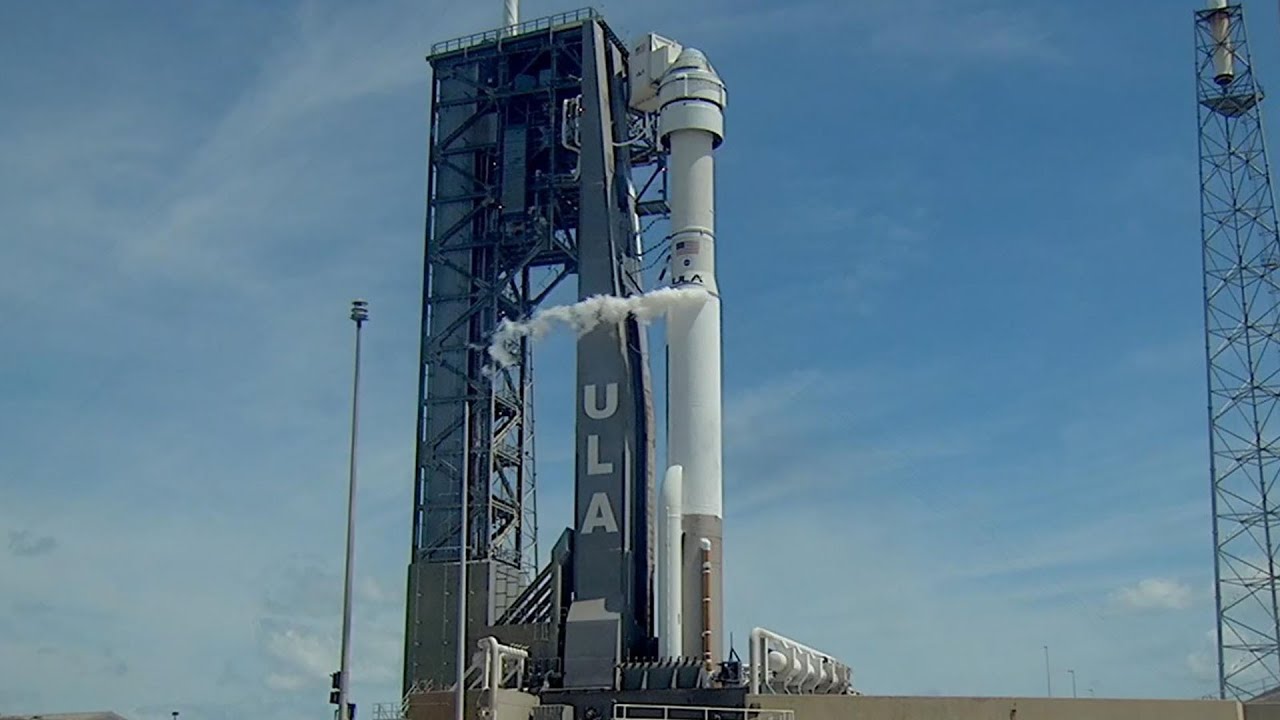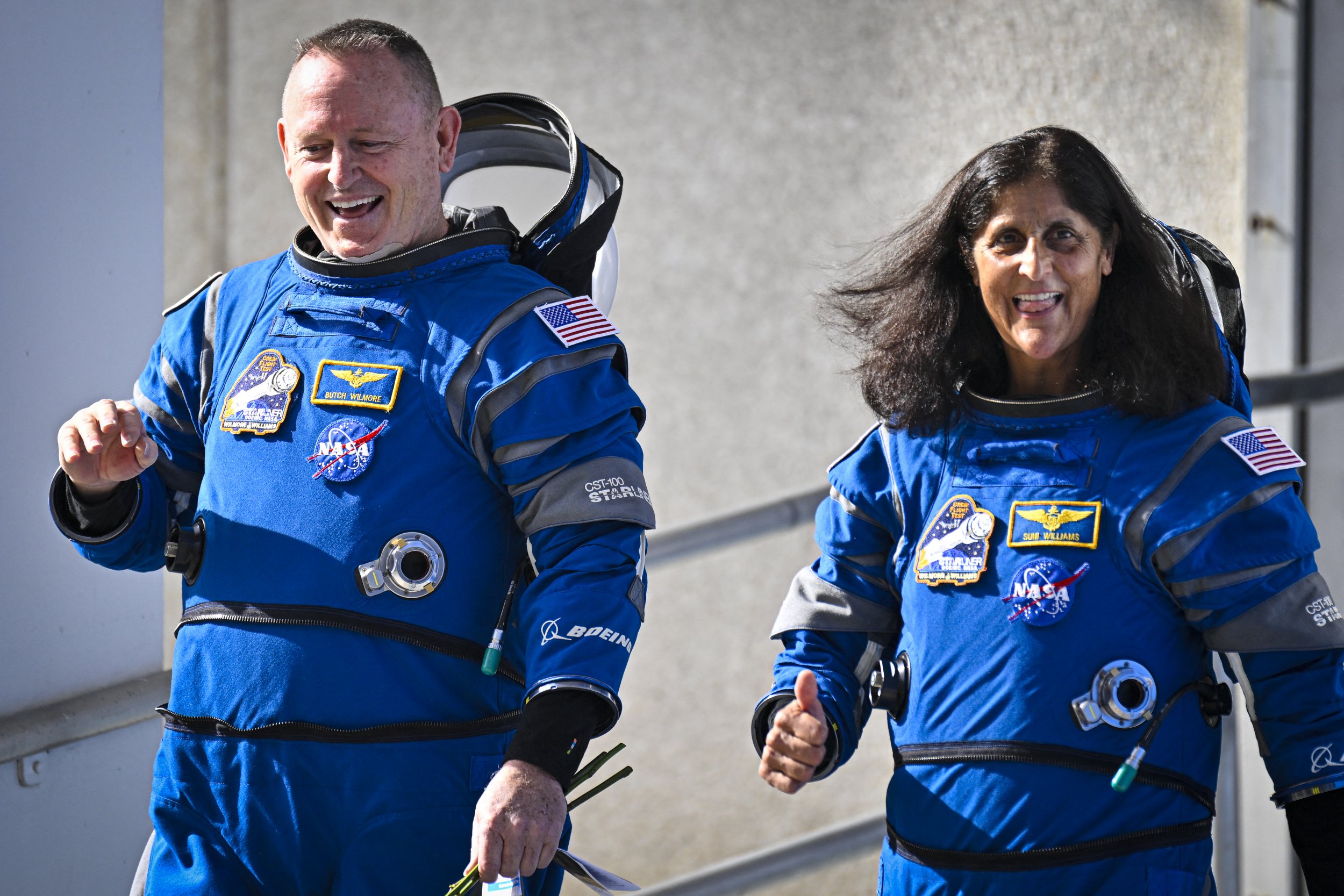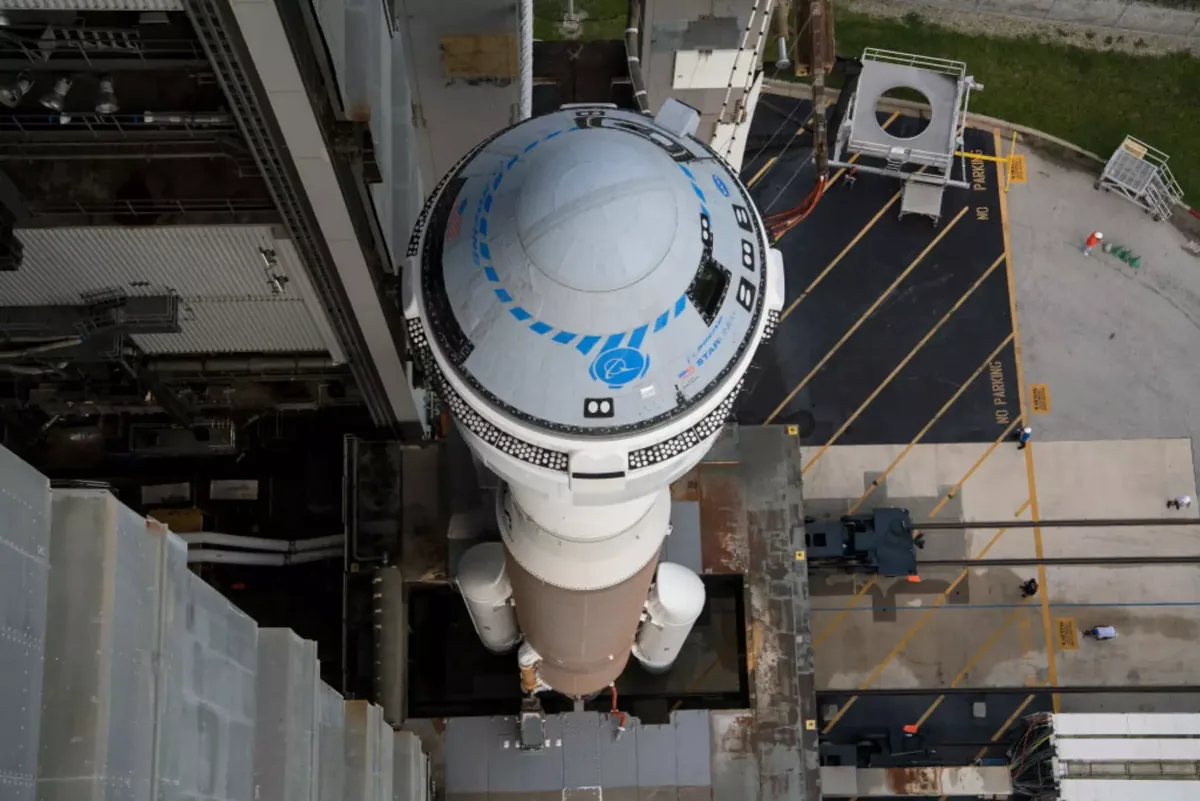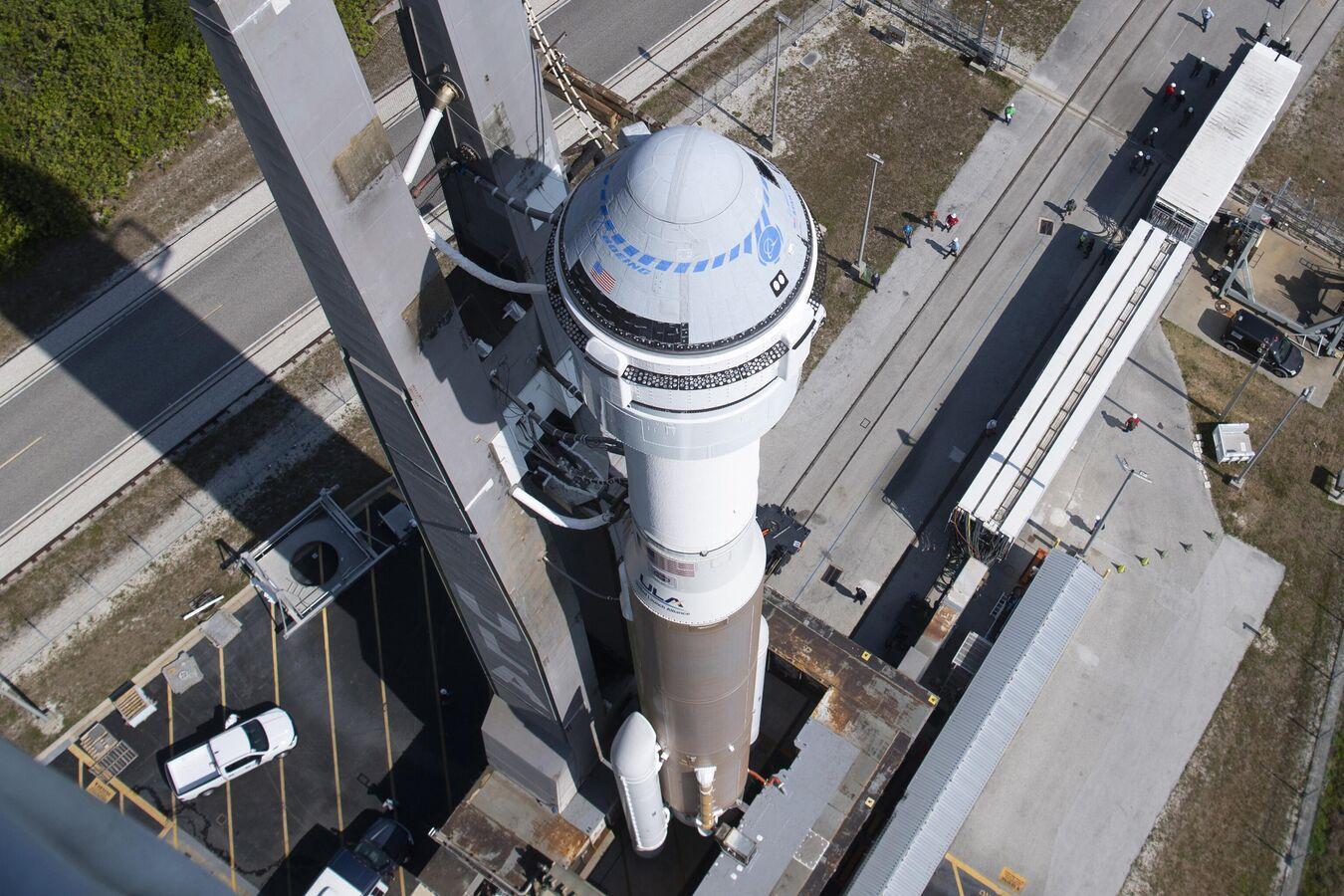Prepare for liftoff as the Starliner launch embarks on a groundbreaking mission, marking a new chapter in human spaceflight. With its advanced spacecraft and ambitious objectives, the Starliner launch promises to push the boundaries of space exploration and unlock the secrets of the cosmos.
Scheduled for launch on [Date], the Starliner spacecraft will soar into the heavens from [Location] aboard a powerful launch vehicle. This mission carries the hopes and dreams of scientists, engineers, and space enthusiasts worldwide, eager to witness the dawn of a new era in space travel.
Launch Details
The Starliner spacecraft is scheduled to launch on July 30, 2023, at 6:57 AM EDT from Space Launch Complex 41 at Cape Canaveral Space Force Station in Florida. The launch will be conducted by United Launch Alliance using an Atlas V rocket, which is capable of carrying the Starliner spacecraft into orbit.
The Atlas V rocket is a two-stage launch vehicle that uses a solid rocket booster for the first stage and a single-engine Centaur upper stage for the second stage.
Specifications
- Height:191 feet (58 meters)
- Diameter:12 feet (3.7 meters)
- Mass:1,100,000 pounds (500,000 kilograms)
- Payload capacity:20,000 pounds (9,000 kilograms)
Mission Objectives

The Starliner mission aims to demonstrate the spacecraft’s ability to safely transport crew and cargo to and from the International Space Station (ISS). It will also conduct scientific experiments and research during its flight.
The primary objectives of the mission are to:
- Demonstrate the Starliner spacecraft’s ability to launch, dock with the ISS, and return to Earth safely.
- Conduct scientific experiments and research during the mission.
- Evaluate the performance of the Starliner spacecraft and its systems.
Scientific Experiments and Research
The Starliner mission will carry out a variety of scientific experiments and research, including:
- Experiments to study the effects of microgravity on human physiology and biology.
- Experiments to study the effects of space radiation on human health.
- Experiments to study the effects of space on materials and equipment.
Crew’s Role and Responsibilities
The Starliner crew will consist of two astronauts who will be responsible for operating the spacecraft and conducting the scientific experiments. The crew will also be responsible for monitoring the spacecraft’s systems and ensuring the safety of the mission.
Spacecraft Design

The Starliner spacecraft is a reusable commercial crew vehicle developed by Boeing. It is designed to transport astronauts and cargo to and from low Earth orbit, including the International Space Station. The spacecraft consists of a crew module, a service module, and a launch abort system.The crew module is the habitable part of the spacecraft, where the astronauts live and work during their mission.
It is equipped with life support systems, including environmental control, oxygen generation, and water recycling. The crew module also has a docking port for connecting to the International Space Station.The service module provides power, propulsion, and communications for the spacecraft.
It is equipped with solar arrays, batteries, and a propulsion system. The service module also has a docking port for connecting to the launch abort system.The launch abort system is designed to pull the crew module away from the launch vehicle in the event of an emergency.
It is equipped with solid rocket motors and a parachute.
Launch Sequence: Starliner Launch
The launch sequence of the Starliner spacecraft is a carefully choreographed series of events that begins with the countdown and culminates in the spacecraft’s ascent to orbit.
Countdown
The countdown begins approximately 45 minutes before the scheduled launch time. During this period, ground control conducts a series of checks and verifications to ensure that the spacecraft and launch vehicle are ready for launch. At T-10 minutes, the launch vehicle’s engines are ignited, and the spacecraft begins to pressurize its propellant tanks.
Liftoff
At T-0, the launch vehicle’s engines reach full thrust, and the spacecraft lifts off from the launch pad. The launch vehicle accelerates rapidly, carrying the spacecraft through the atmosphere.
Ascent to Orbit
Once the spacecraft has cleared the atmosphere, the launch vehicle’s engines are shut down, and the spacecraft separates from the launch vehicle. The spacecraft then uses its own propulsion system to continue its ascent to orbit. The spacecraft’s trajectory is carefully controlled to ensure that it reaches the desired orbit.
Ground Control and Mission Control
Ground control and mission control play critical roles during the launch sequence. Ground control is responsible for monitoring the spacecraft’s systems and ensuring that the launch proceeds smoothly. Mission control is responsible for overseeing the overall mission and making decisions in the event of any anomalies.
Mission Timeline

The Starliner mission timeline encompasses a series of key milestones, events, and activities that will unfold throughout its duration. The mission is expected to last approximately six months, with the spacecraft following a carefully planned trajectory to and from the International Space Station (ISS).
Launch and Ascent, Starliner launch
The Starliner spacecraft will be launched into orbit atop a United Launch Alliance (ULA) Atlas V rocket. The launch is scheduled to occur from Space Launch Complex-41 at Cape Canaveral Space Force Station in Florida. Following liftoff, the Atlas V rocket will propel the Starliner into an initial low Earth orbit.
Rendezvous and Docking with ISS
Once in orbit, the Starliner will perform a series of maneuvers to rendezvous with the ISS. The spacecraft will use its propulsion system to approach the space station and dock with the Harmony module. This process is expected to take several days and will require precise navigation and guidance.
Crew Activities on ISS
During its stay on the ISS, the Starliner crew will conduct a variety of scientific experiments and research projects. The crew will also perform maintenance and repair tasks on the space station. The duration of the crew’s stay on the ISS will depend on the mission’s objectives and the availability of the space station.
Undocking and Re-entry
When the mission is complete, the Starliner will undock from the ISS and begin its return journey to Earth. The spacecraft will perform a controlled re-entry into the atmosphere and land in the Western United States. The landing site will be determined based on weather conditions and other factors.
Challenges and Risks
The Starliner launch and mission face a number of potential challenges and risks, including technical, environmental, and operational factors. These challenges include the spacecraft’s complex design, the harsh conditions of space, and the potential for human error.
To mitigate these challenges, the mission team has developed a comprehensive plan that includes rigorous testing, redundant systems, and a highly trained crew. The spacecraft has been extensively tested in a variety of conditions, and the crew has undergone extensive training to prepare for the mission.
Technical Challenges
- The Starliner spacecraft is a complex system with many potential failure points. These failure points include the spacecraft’s propulsion system, electrical system, and life support system.
- The harsh conditions of space can also pose a challenge to the spacecraft. The spacecraft will be exposed to extreme temperatures, radiation, and micrometeoroids.
Environmental Challenges
- The launch of the Starliner spacecraft will take place during a period of high solar activity. This activity can cause disruptions to the spacecraft’s communications and navigation systems.
- The spacecraft will also be exposed to the harsh conditions of space, including extreme temperatures, radiation, and micrometeoroids.
Operational Challenges
- The Starliner mission is a complex operation that requires the coordination of many different teams and systems. These teams and systems include the launch team, the spacecraft team, and the ground control team.
- The mission also faces the potential for human error. The crew of the spacecraft will be responsible for operating the spacecraft and performing a variety of tasks during the mission.
Historical Significance
The Starliner launch marks a significant milestone in the history of space exploration. It is the first crewed mission to launch from American soil since the Space Shuttle program ended in 2011. The mission is also a key step in NASA’s Artemis program, which aims to return humans to the Moon by 2025.
Comparison to Other Notable Space Missions
The Starliner launch can be compared to other notable space missions in history, such as the Apollo 11 mission, which landed the first humans on the Moon in 1969. Both missions were major milestones in space exploration and helped to advance human knowledge of the universe.
The Starliner launch is also similar to the Space Shuttle program, which flew astronauts and cargo to and from the International Space Station for over 30 years.The Starliner launch is a significant step forward for space exploration. It is a testament to the hard work and dedication of the NASA team and its partners.
The mission is expected to provide valuable data and experience that will help NASA prepare for future missions to the Moon and Mars.
Last Word

As the Starliner launch approaches, the world holds its breath in anticipation. This mission represents a pivotal moment in space exploration, paving the way for future human missions to the Moon, Mars, and beyond. The successful launch of the Starliner spacecraft will not only advance our scientific knowledge but also inspire generations to come, igniting a passion for space exploration and the pursuit of human ingenuity.